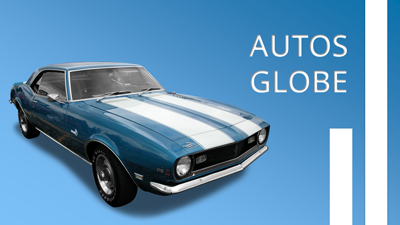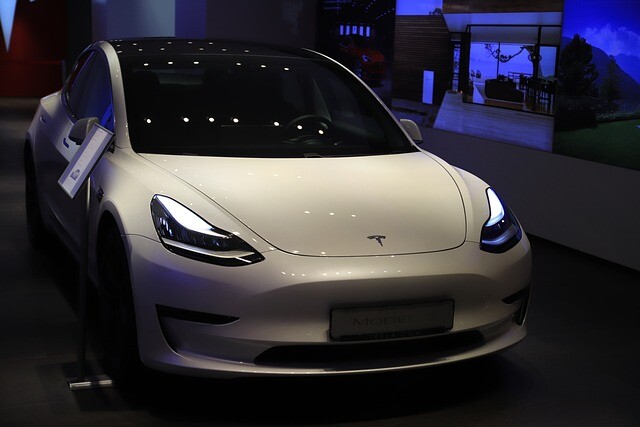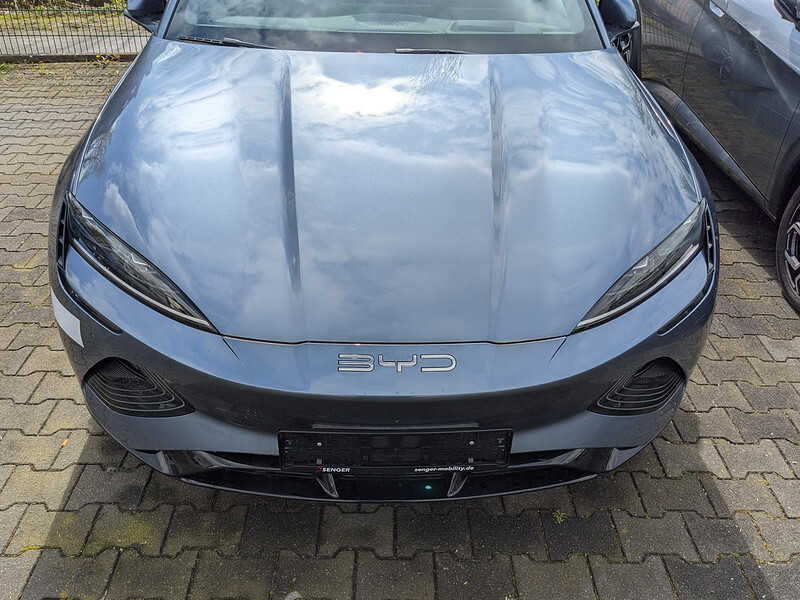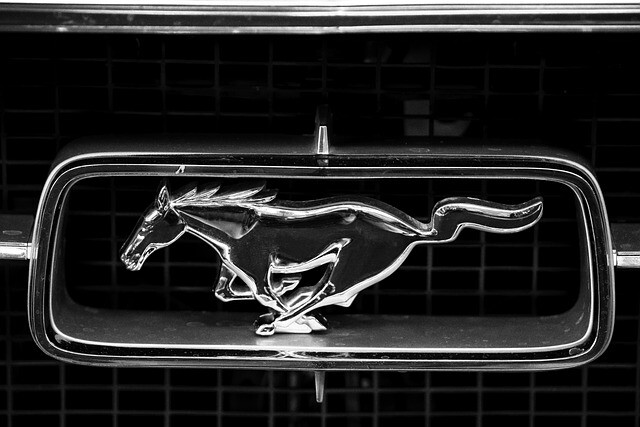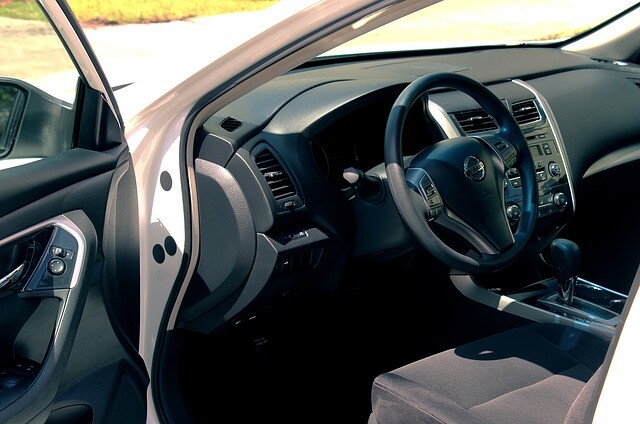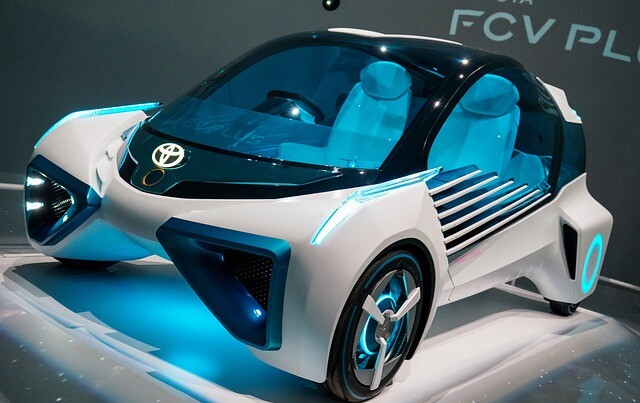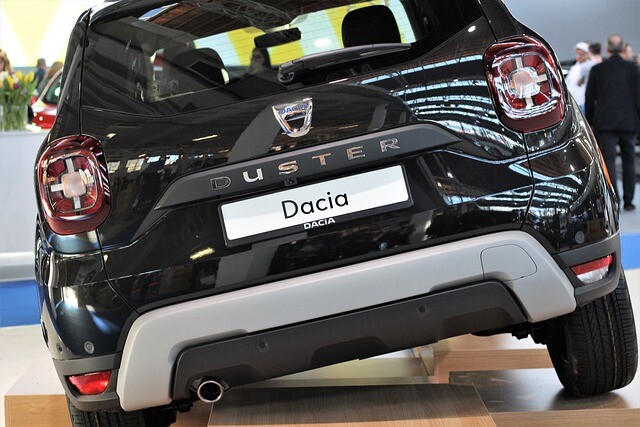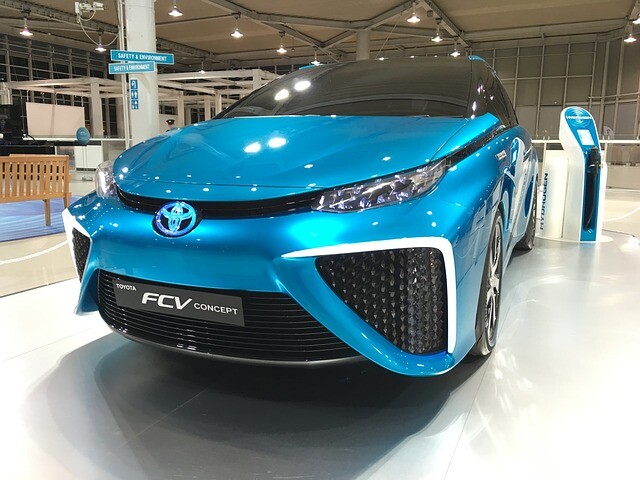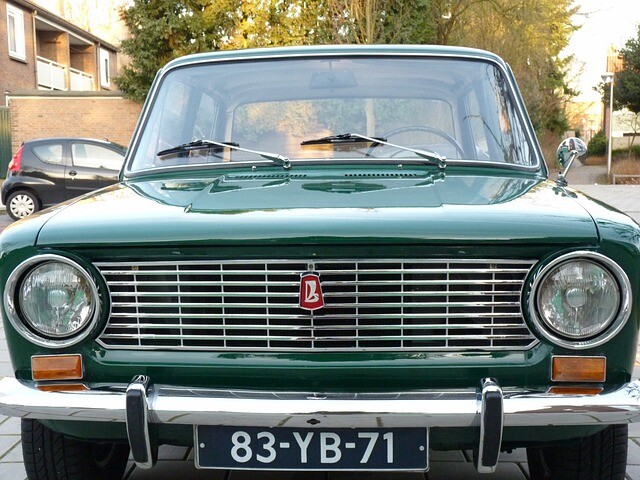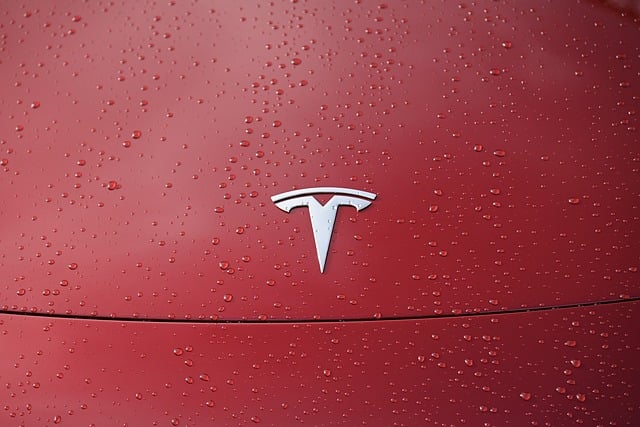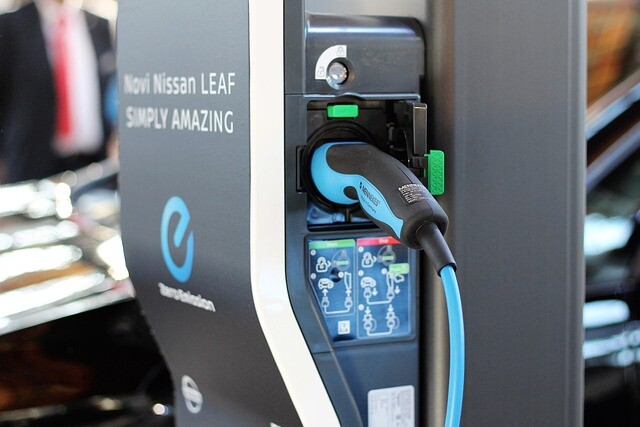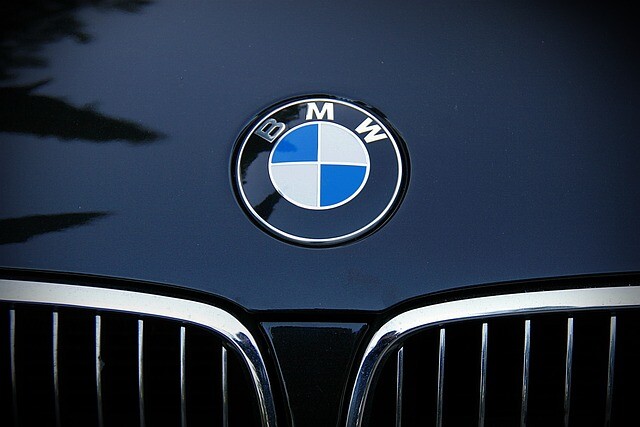Peugeot 208 news
Peugeot’s urban models coming years from now will have neither diesel nor gasoline engines. If you are still looking for a small car with an internal combustion engine, its 108 successor could be the solution - if it will be manufactured at all.
He risked a lot, but for now, he seems to have won even more with Peugeot’s decision to launch the 208 small car and his brother, the 2008 sub-compact crossover, with an electric motor. The development made sense: there is a real market demand for electric city vehicles: in December 2020, 14% (more than one-eighth) of orders for the model pair specified the 136-horsepower electric motor as a resource (while the Peugeot 3008 was even larger, 27% plug-in hybrid version ratio.)
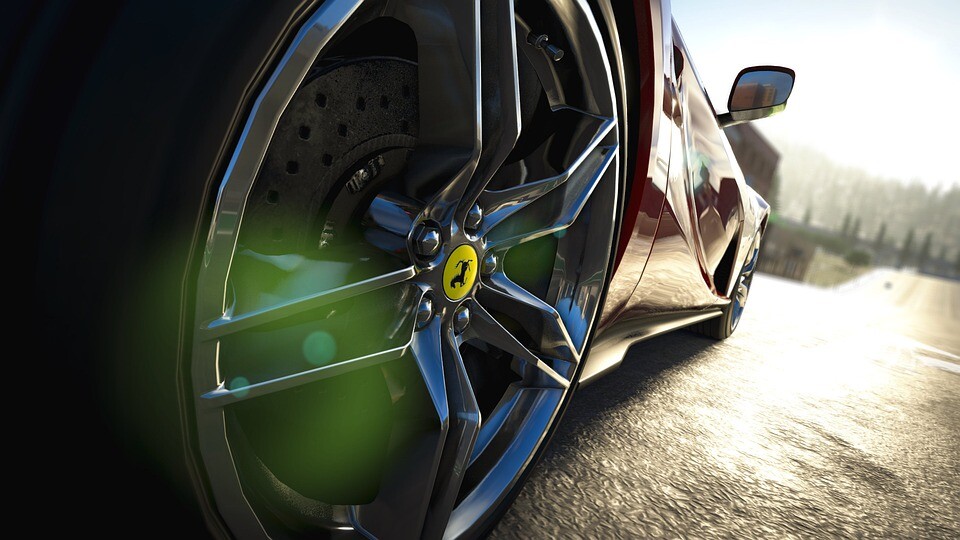
All this now that electric driving requires a serious initial investment and a constant willingness to compromise during use. As technology becomes more affordable, more practical, and more widely accepted, internal combustion engine technologies may be pushed out of certain categories, suggested Jean-Phillipe Imparato, a former Peugeot director who left his position at the end of January to see Linda, who is rising to great heights at Citroën. He passes the baton to Jackson.
The shift is justified mainly by the models that excel in urban transport: light commercial vehicles and B-segment cars and RVs. Here, the typical distances covered in one day allow users not to charge their car battery at the expense of valuable work or leisure, but at night, in their home, and not to have to install an extremely high-capacity, therefore difficult and expensive battery pack. The environmentally friendly benefits of electric vehicles (the possibility of virtually noiseless transport with zero local emissions) are most pronounced at urban speeds in densely populated areas.
If the optional introduction of the e-208 was a bold move, the next one will be even bolder: the successor model (which will only hit the market in 5-7 years) is expected to completely abandon internal combustion engines and use purely battery-powered electric drive technology. This makes development much cheaper, faster and more efficient, as engineers do not need to optimize the platform for multiple powertrain technologies - to name just a few examples, a floor tunnel becomes redundant in the absence of an exhaust system, creating a more flat floor space that is more space efficient. an electric motor may be installed deeper, and the cavity released in the engine compartment may be suitable for the installation of auxiliary systems or the design of an additional boot.
So the 208 can be purely electric, but the 108 can't. “Equipping an A-segment car with electric drive will move us into a customer base that expects mobile internet connectivity, advanced online connectivity features, and we haven’t talked about the ever-tightening expectations of passenger and pedestrian safety technologies - and to this is added the cost of the cordless driveline. And that could unrealistically increase the price of minicars. ” Imparato explained in an January interview.
(Source: vezess.hu / photo: pixabay.com)
